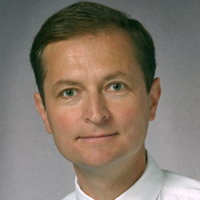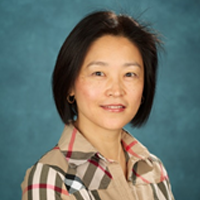First Order Step Response
Module Overview
In this module capacitors and inductors are introduced as circuit elements and then the natural and step response of first order circuits are studied. The module has been organized to first provide an introduction to inductors and capacitors as circuit elements. This section of the module can be omitted, if the student is already familiar with the material. The second part covers the natural and step response of simple RC and RL circuits. The results are then extended to general first order RC and RL circuits, by exploiting the student’s knowledge of Thévenin and Norton equivalent circuits an superposition.
Introduction
In this series of lectures capacitors and inductors are introduced as circuit elements and then the natural and step response of first order circuits are studied. The module has been organized to first provide an introduction to inductors and capacitors as circuit elements. This section can be omitted, if it is adequately covered elsewhere. The second part covers the natural and step response of simple resistor-capacitor (RC) and resistor-inductor (RL) circuits and extends the results to general first order RC and RL circuits, by exploiting the student’s knowledge of Thévenin and Norton equivalent circuits and superposition.
This module consists of a sequence of 26 videos with self-assessment questions keyed to specific videos. The videos provide an alternative to in-class lectures and reading the textbook. The videos can be assigned in place of regularly scheduled lectures or as additional material. It is expected that the course instructor, will supplement the module with additional questions and perhaps some problem solving tutorials and one or two laboratory exercises.
Prerequisites
Before starting this module, one should be familiar with;
- circuit elements such as resistors, switches, voltage sources and current sources,
- Kirchhoff’s Voltage and Current Laws, along with voltage and current division,
- Thévenin and Norton equivalent networks and superposition
- and finding the derivative and the integral of common functions, especially piecewise constant functions and the exponential function.
Learning Outcomes
With careful study, by the end of this module, one should be able to:
- describe the behaviour of inductors and capacitors as circuit elements,
- calculate the equivalent value of parallel and series combinations of inductors and
- of capacitors.
- analyze circuits containing inductors, resistors and capacitors driven by dc sources and determine the energy stored in the reactive elements,
- evaluate the response of first order circuits to some initial stored energy,
- and evaluate the response of first order circuits to step changes in their input voltage or current.
Explore Module
Please note that this preview is intended for exploration purposes only. If you'd like to use this module in one of your courses, to ensure playback and tracking, you must upload the SCORM package (downloadable below) to your institution's Learning Management System (ex. Blackboard, D2L, Moodle, etc).
Related Project Resources

